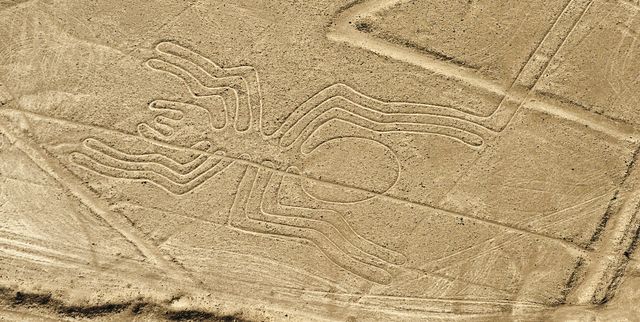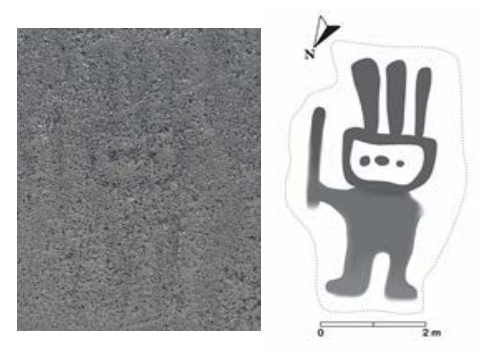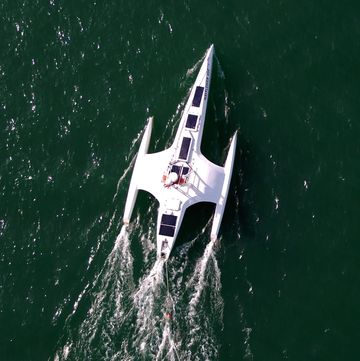- Artificial intelligence has discovered a new Nazca Line in Peru for the very first time.
- Additionally, a team of Japanese researchers have also found another 142 new Lines with a combination of traditional archaeology, hi-res aerial photos, and AI.
- Masato Sakai, the research lead, hopes that these new discoveries will help raise awareness and preservation efforts for the Lines.
Japanese researchers have used machine learning and artificial intelligence to identify 143 new Nazca Lines, also called geoglyphs, in Peru. Among the numerous new glyphs was one that was discovered entirely by AI, the first time to happen in the world. The New York Times reports that the team of researchers used satellite photography, 3D imaging, and AI to find the ancient geoglyphs that were impressed into the ground in a desert plain around 100 B.C. by Nazcas.
A press release from Yamagata University explains that the team used IBM’s Power Systems servers “in an aim to understand Nazca Lines as a whole.” Researchers also utilized AI tech from the IBM Thomas J. Watson Research Center in New York to test whether or not AI could find new Nazca Lines.
And it worked. The team configured a machine learning program with an AI model which found a new glyph depicting a 16-foot tall “humanoid figure standing on two feet." In their effort to examine whether or not the AI could discover new Nazca Lines, the research team shares that they “introduced the capability to process large volumes of data with AI,” which included hi-res aerial images “at high speeds.”
The Nazca people lived near Peru's southern coast over 2,000 years ago. While the creation of the Nazca Lines has been this the Nazca's claim to fame, this pre-Inca culture was also known for its pottery and textiles.
The Nazca lines themselves have caused speculation about what exactly they are and what purpose they serve. While some fictional works suggest that Nazca Lines might have been landing strips for alien aircraft, archaeologists suggest that they were ritual sites, a form of irrigation, or some form of ancient cosmic maps.
In 1994, the Nazca Lines were designated as a UNESCO World Heritage site, but that hasn't stopped people from defacing them. In 2014, Greenpeace activists left their footprints near the hummingbird glyph as they unveiled a sign calling for the use of renewable resources. Then, in 2018, a trucker intentionally drove his rig off-road and over some of the lines leaving behind three damaged "straight-line geoglyphs."
Masato Sakai, a professor of cultural anthropology who led the research effort, is concerned with the preservation of the Lines and hopes that these new discoveries will help protect them.
“The most important point is not the discovery itself...If [the lines] become clearly visible, they will be protected as important cultural heritages” says Sakai. The University says it will work with UNESCO and the Ministry of Culture in Peru to help preserve these newly discovered sites.
Source: The New York Times














